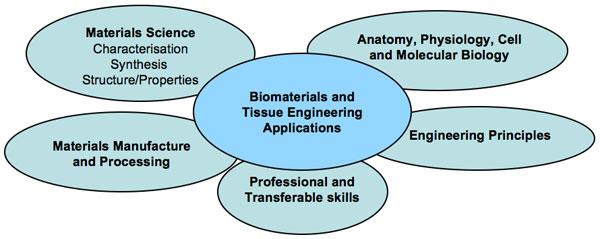LECTURE NOTES 1 –
Image Formation
LECTURE NOTES 2 –
Summary of Lecture 1
LECTURE NOTES 3 –
Summary of Lecture 2
This is a preview of COMPLETE LECTURE NOTES ON DIGITAL IMAGE PROCESSING-BIOMEDICAL NOTES.
Read the full post (340 words, 2 images, estimated 1:22 mins reading time)
YOU CAN DOWNLOAD ALL THE NOTES RELATED TO BIOMEDICAL INSTRUMENTATION FROM HERE
28.37206 77.318543
Permanent link to this post (34 words, 1 image, estimated 8 secs reading time)
LINK UPDATED
THIS IS THE BEST ARTICLE ON PROCESSING THE RADIOGRAPH AS FAR AS DIGITAL IMAGE PROCESSING IS CONCERNED
SUMMARY HAS BEEN GIVEN BELOW
FULL ARTICLE CAN BE DOWNLOADED FROM THIS LINK GIVEN BELOW IT IS REALLY INFORMATIVE AND EASY TO LEARN
IT IS A SURE SHOT QUESTION OF MDU ROHTAKL ALSO.
DOWNLOAD LINK
SUMMARY
When an X-ray film has been exposed, it must be processed in order to produce a
permanent visible radiographic image that can be kept without deterioration for a number of
years. Processing transforms the latent image into a visible image. The term for the
several procedures that collectively produce the visible, permanent image is processing
and consists of developing, rinsing, fixing, washing and drying procedures
This is a preview of PROCESING THE RADIOGRAPH-DIGITAL IMAGE PROCESSING NOTES.
Read the full post (130 words, 1 image, estimated 31 secs reading time)
DIGITAL IMAGE PROCESSING , LECTURE NOTES , TUTORIALS Add new tag , Business , DIGITAL IMAGE PROCESSING , Electrical Engineering , Image processing , Imaging Science , Latent image , Methods and Techniques , Radiography , Technology
Muscles Are Organized Into Motor Units
When a single nerve enters a muscle it splits and makes neuromuscular junctions (NMJs) with several muscle cells
A nerve and the muscle cells it makes NMJs with is called a motor unit
When the nerve fires the whole motor unit is stimulated and the muscle cells contract together
Muscles with large motor units have coarse movements
Muscles with small motor units give fine, graded movements
This is a small motor unit with only 3 muscle fibersTwo Basic Types of Contraction Are Isotonic and Isometric


![Reblog this post [with Zemanta]](http://img.zemanta.com/reblog_e.png?x-id=69056cdf-2977-424b-950c-3e39771c4f7b)

 Introduction
Introduction